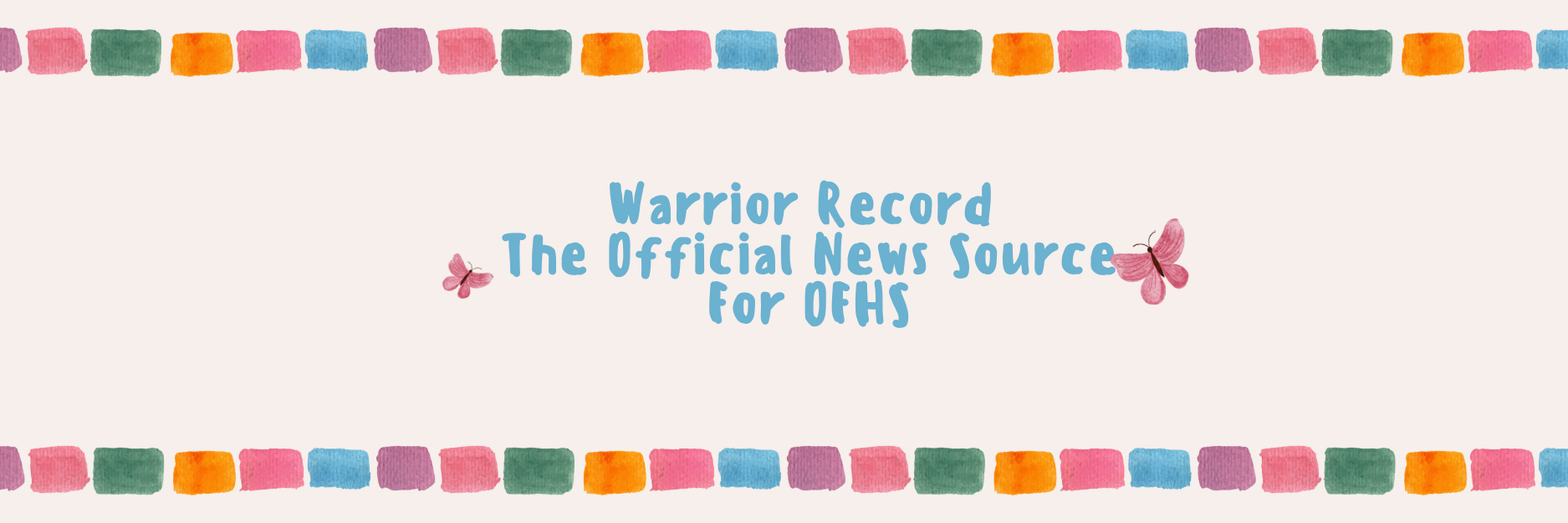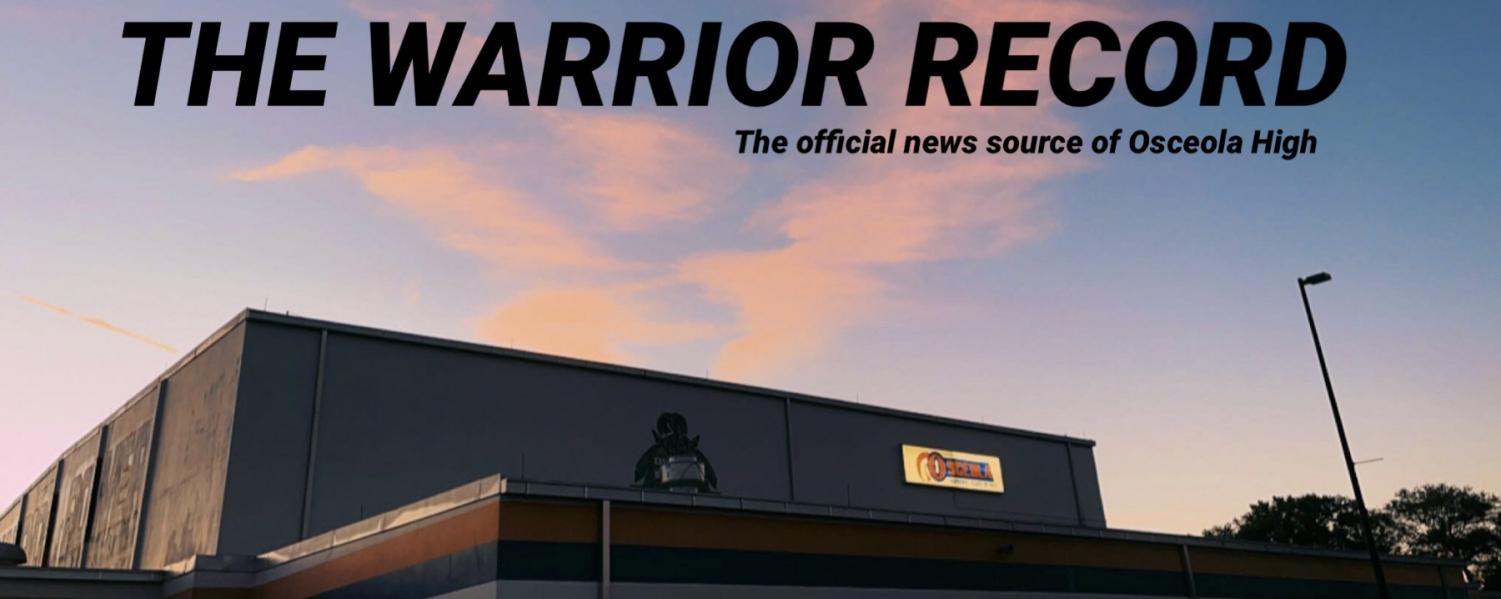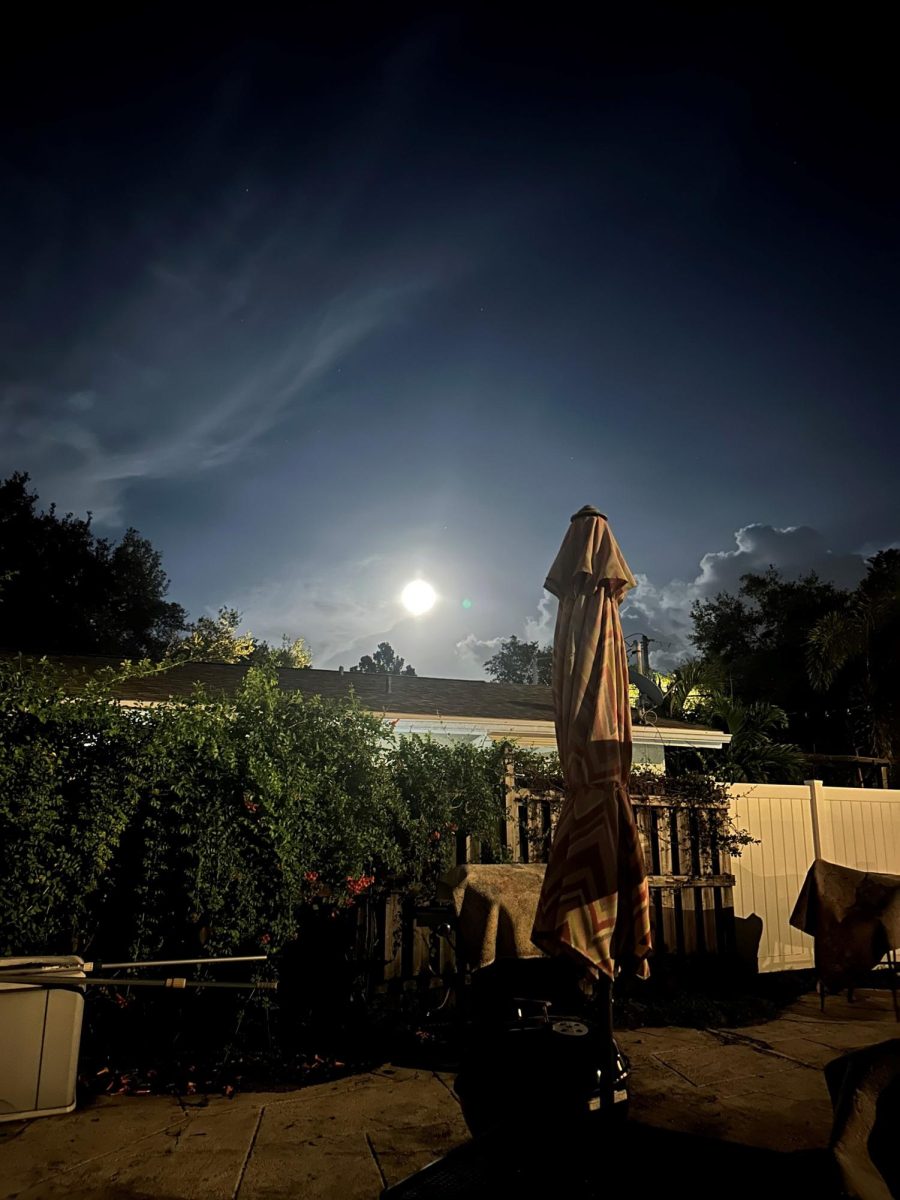Two nights ago, on August 30th, when students looked out their window and saw a shining bright moon that looked twice as big as usual, they were looking at a super blue moon. Although the name has “blue” in it, the
super blue moon isn’t actually blue. According to NASA, a non-super blue moon happens due to the
moon cycle being only 29.5 days which doesn’t fill an entire month. That gap in days eventually is filled in one month resulting in two full moons happening in that same month. This event will only happen two to three years.
A super moon occurs when the moon is closest to Earth which is also known as the perigee and
that causes it to appear “14% larger and 30% brighter than a full moon at a more distant remove”. These
super moons are more common than a blue moon and usually happen every three or four months.
Although 25% of all full moons are supermoons, only 3% are super blue moons! These
magnificent moons are not common at all and sometimes they can be 20 years apar. Usually, super
blue moons are seen around every 10 years though, which is still a while apart. If any students missed
last night’s amazing super blue moon, NASA says that there will be two in January and March of 2037. In
a little over 13 years we will get to see this breath-taking phenomenon once again.
Last blue super moon until 2037
Carly Carbaugh, Writer
September 1, 2023
Donate to Warrior Record Online
$0
$500
Contributed
Our Goal
Your donation will support the student journalists of Osceola Fundamental High School. Your contribution will allow us to purchase equipment and cover our annual website hosting costs.


